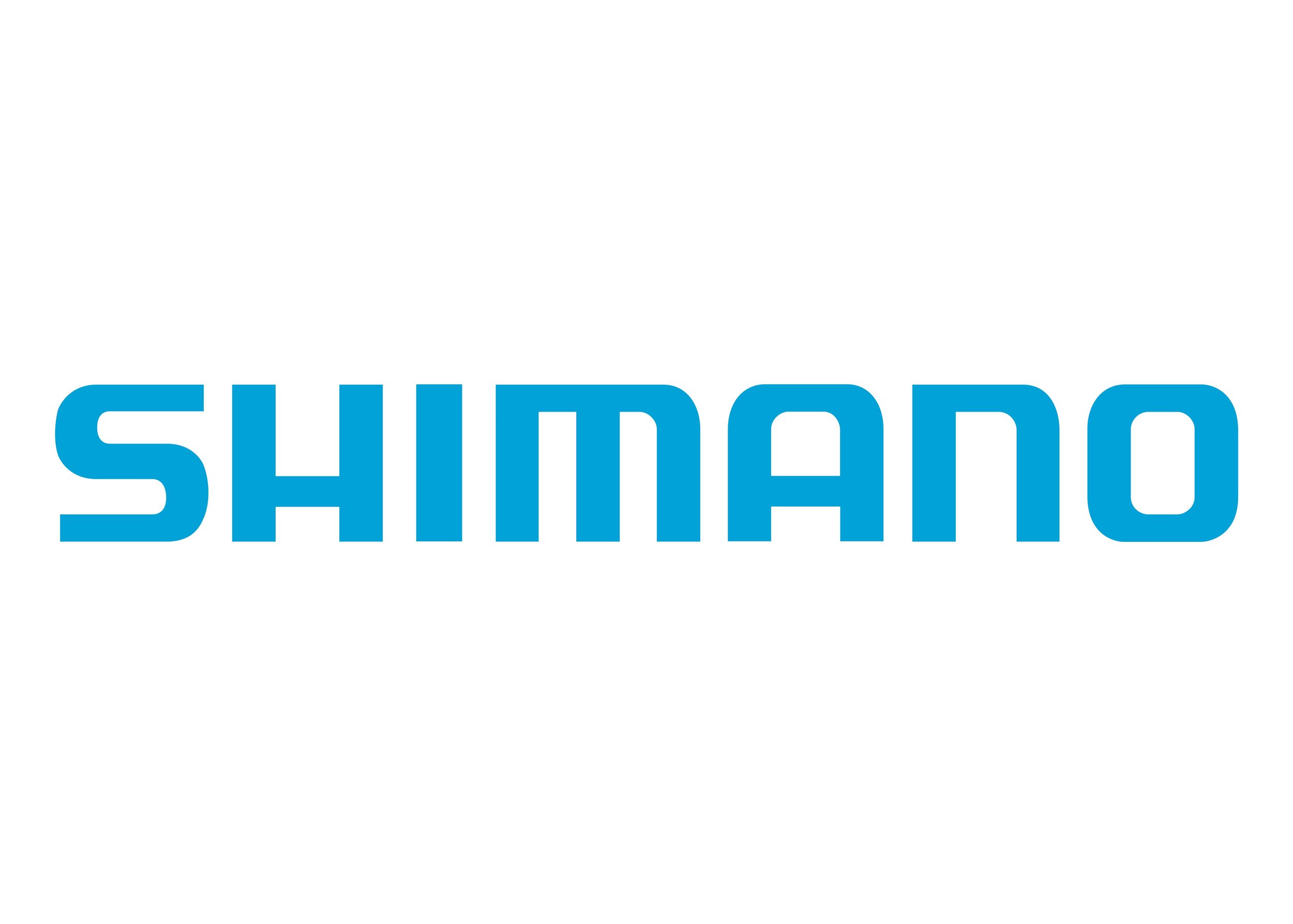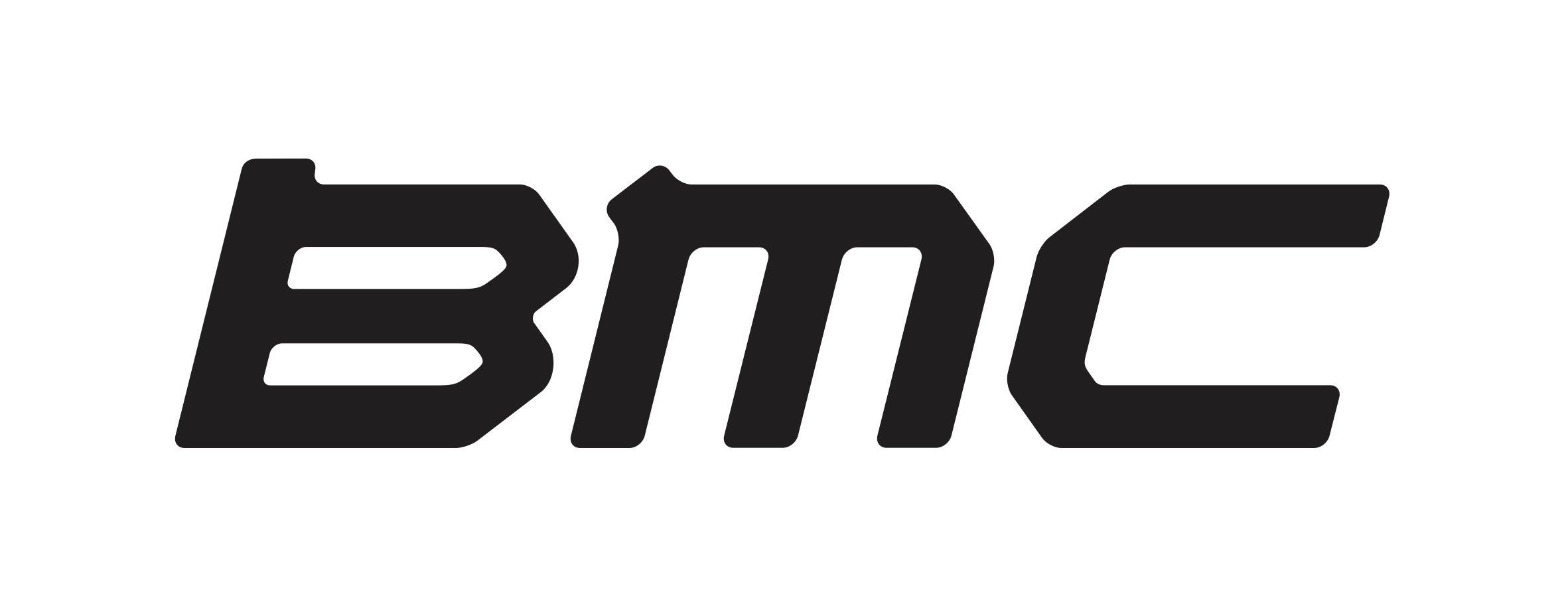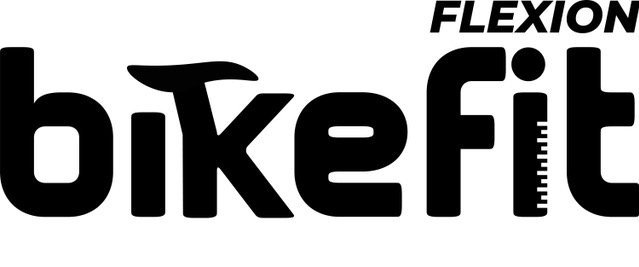Oct 10, 2015
Alex Stieda – L’Eroica with Rapha Travel
It started last year. “Brad, I’d like to be a guest guide for your L’Eroica trip in early October, 2015! It’s always been a goal of mine and I’d love to ride it with your clients! I can resurrect my 7-Eleven jersey and ’87 Eddy Merckx bike”. And so it began…the rules for L’Eroica sounded simple. Use a steel-framed bike 1987 or older and have:
- exposed brake cables
- downtube shifters
- toeclips
I had to retrofit the Merckx with correct brake levers which I found on eBay. We were sponsored by Shimano in those days and the downtube shifters had the click or friction option setting so that was fine. We had just started using clipless back then, so I sourced Super Record pedals and toeclips (including those magical Binda Extra straps) from my friend Bruce Spicer, Product Manager at Brodie… we had ridden these kinds of bikes together starting in 1977! Now for the gearing. The crankset was 39×53 which was better than the Campy 42×53 we had grown up…but the cassette was a lowly 12-21, 6 speed which wasn’t going to work as I knew that riding 209km in hilly Tuscany was going to be a big ask. Experimenting with a few wheels sets from masters riders in my home town (and a machinist!), I was able to fit a 9 spd 12-32 MTB cassette on the hyperglide cassette body. Add a long cage derailleur, slide the rear axle back in the dropouts and set the shifter to friction and voila, a full range of gears for the assault. Tubulars were a must and with some help with a few friends at Tour of Alberta, I had ‘gently used’ Vittoria Pave 25mm tires to fit. Fresh off my lessons at Cape Epic, I then added 20mm of sealant to be safe!
Friday morning, October, 1st, we were picked up in Florence by the Rapha Jaguar team car…what a great way to arrive at our luxury accommodation in Radda in Chianti.
Immediately, Joe our driver and masseur made us feel welcome as we shared tales of pro cycling (me) and pro rugby (him). Upon arrival, Mattia our team mechanic took over and quickly and efficiently built up our bikes for the Friday afternoon break-in run. We spun down to the start town in Gaiole in Chianti where the festivities were in high gear. Bikes and gear from every decade were on full display as well as tables of old parts and new-parts-that-looked-old for sale. Even 2 days before our Sunday morning start, people had dressed up for the occasion in top hats and tails, espousing the vintage feel of the weekend. Registration completed by our intrepid leader, Anton, it was an evening push back up to our residence and just as the light waned, we witnessed an extraordinary sunset over the Tuscan hills. We capped off the evening with a sumptuous Italian dinner and got to know each other a bit. Magic.
Saturday morning, we awoke to a massive cloud bank enveloping the hotel. We all eagerly checked the weather on our smart phones over our breakfast and doppios. Our intrepid international group included Ricardo and Clecius from Brazil, Erik from Belgium, Marco from USA and Steve, Alexis, Kev and Bill from the UK. Fortunately, the fog looked to be burning off so the ride started as planned at 9:30AM. It was a 45km loop that would include a section of Strada Biancha (white gravel road) to give us a feel for what we’d be encountering on Sunday. Halfway round there was a mandatory coffee stop (always good in Italy) and then the push onto the gravel. The road deteriorated quickly and after a hair-raising descent which involved an ex-pro showing off (me!) rocketing past a few of the group and then at least 1 hitting the floor, we all decided to lower the air pressure to 6 bar for increased comfort and control. The weather continued to improve and the views along the ridgelines prompted many photos, smiles and conversations. We went straight to lunch at a local trattoria with traditional antipasti and pasta, a perfect way to end the warm-up spin and prep for the big one tomorrow. Big smiles all ‘round. Perfetto!
That afternoon, we car shuttled down to Gaiole to absorb a bit more of the excitement and culture that is “L’Eroica”. Of particular interest was seeing the work of artist, Miguel Soro a Spanish painter http://miguelsoro.blogspot.ca/ whose original acrylic multi-medium works of cycling history brought it all to life for me. Inspirational. I also met up with my good friend and teammate from Team 7-Eleven days, Andy Hampsten. Having won the Giro in ’88, he was a bit of a celeb there and he was pulled away to another interview with local press. Great to catch up with him. Back to our abode, it was time for our pre-game meal of perfect, al dente pasta and steak. Then decision time, which distance will each of us ride: 46km, 75km, 135km or 209km? After our recon rides, everyone had a good idea of where they fitted and a few of us decided to take on the whole distance, which we knew would be a big day for us.
An early start of 6AM was mandatory so we could start in time to finish in our targeted ride time of 10 hours. That meant wake-up at 4:30AM, breakfast at 5AM and a shuttle to the start at 5:30AM. Efficient as ever, the Rapha Travel crew had our bikes and gear sorted and we were on the start line in the dark getting photos taken and our passports stamped at 6:15AM.
With our lights on, we navigated through throngs of old and even older bikes including a peloton of vintage ‘30’s velocipedes, pedaled by enthusiastic zealots!
We knew that we had to keep the intensity low and not burn our matches early. The southern portion of the long route would take us through the higher hills of Montepulciano and the last 60km had a shark tooth profile. The mantra was slow and steady. The first rest stops were an orgy of Italian delicacies of proscuitto, salami and olive oil soaked panini’s not to mention the berry tarts! Calories and hydration were the order of the day so we made sure to fill our bellies and water bottles at every opportunity. Joe had also provided us with his special granola flapjacks which also helped us get through the first 50km.
At 65km, we passed the point of no return, where the 135km route turned off of the 209km route. Waving goodbye to the riders turning off for the short route, we pressed on to the South, not really sure if we’d be able to get through the long day or not. As we climbed the Tuscan ridges on the gravel surface, storm clouds gathered and through thunder and drenching rain, we persevered. These were the longest climbs of the route, a total of about 6km of climbing before we bombed down on ‘ashphalto’ to the next feed station at an architect designed winery. Sumptuous Italian delicacies awaited us (well, it was the same food but it tasted about 50% better 120km in!) and we tucked in, filling our bellies. After the descent and standing still in the feed zone, we were getting chilled so it was time to zip up the Rapha Lightweight Gilet, pull up the Merino Arm Warmers and press on to the next sector of Strada Bianca.
During the ride it was extremely important to get our ‘passbook’ stamped as that was the only official way to show that we had completed the course. L’Eroica uses a “French Start” where you begin the ride at any time you’d like. There are no timing chips so the passbook was crucial for us. In one case, the route took us through an abbey where a priest greeted us with a big smile and a prayer. Heavenly!
Our next feed zone at 140km couldn’t come soon enough. We could feel the growing need for fuel and hydration and this time, a traditional Tuscan stew was on offer…welcoming to have the warm food on a cool, stormy day. Yummy. We asked the tech support for chain lube but within the next 10km, it was washed out again. Nothing worse than the feeling (and sound) of the drivetrain self-destructing in a slurry of gravel and mud. At 150km, a 10km paved flat section then allowed us to set a tempo for the first time but it quickly ran out and we started a series of incredibly steep gravel climbs and descents forcing many to get off and push. Fortunately, my partner and I had the correct gearing and we stood on the pedals and stomped up.
Cruising into the final food stop at 170km, we started to overlap with the shorter distance riders. The food line was crowded and many were simply resting on the steps in the sun. We knew that if we delayed too long, our legs would turn to stone, so a coffee stop for doppio’s was all we needed before we swung our legs over the saddle one more time.
The final decision point came as the route took us excruciatingly close to the finish line in Gaiole – right turn for the shorter distances, left turn for the long route! With a determined sigh, we hooked a left and made a push for the last 30km. More gravel and Tuscan climbs ensued. Erik, my ride partner asked me for food of which I had none. A bad sign. He was bonking. In desperation, Erik asked every rider that we passed (or that was passing us) for fuel…one of the great things about these kinds of rides is the camaraderie…within a few minutes, Erik’s belly was full and he had a surge of power for the last 20km. The last check stop with 10km to go was anti-climatic…simply a guy standing at the corner with the stamp and a pen. Bidons filled and stamps completed we dropped into an amazingly beautiful valley filled with the coloured leaves of Fall – we slowed and savoured the sights with bittersweet words, that the ride would soon be over. It was a serene moment, one that we will never forget.
Coming in to the final few kilometers was both chaotic and euphoric. Which way to the finish line, when do we raise our arms in triumph? Finally, we saw the banner and a photographer gestured in a sign language that anyone could decipher – we’re done! We were funneled into the finish chutes, proudly taking the “209km Long Route” line to scattering applause of those left to watch…10 hours of riding time, 5,000 meters of climbing, 2 satisfied hearts. New found friends, Erik and I have a final bonding moment over a tall Italian beer and fresh Panini. Head guide Anton suddenly shows and tells us where the Rapha Jaguar is waiting for us. I have a distinct urge to get out of my mud-soaked chamois and into civies, tantalizingly close by in my day bag. One last swig and we spun down to the car.
It’s dinner time by the time we get back to the hotel and we proudly show off our muddied legs to the rest of the team, then off to the shower and a satisfied seat at the meal table. Food never tasted so good. Bikes packed, morning transfers to the Firenze airport and it’s over as quickly as the weekend started. Back to the ‘day job’ with memories of something very special, something that your co-workers will have a hard time understanding – unless you convince them to do it with you next year.
– Alex Stieda was the first North American to win the yellow jersey at the Tour de France in 1986 riding for the 7-Eleven team. He also rides on gravel at his home in Edmonton, Alberta, Canada –










